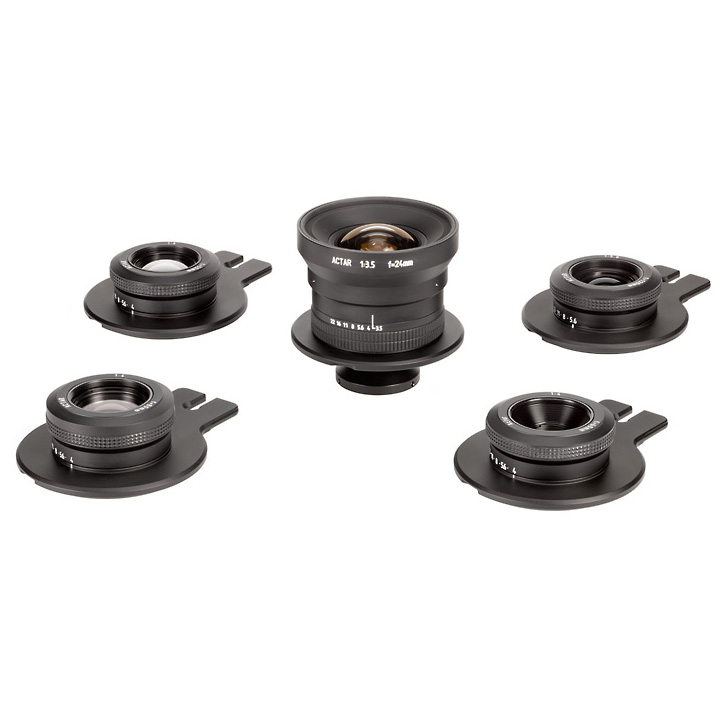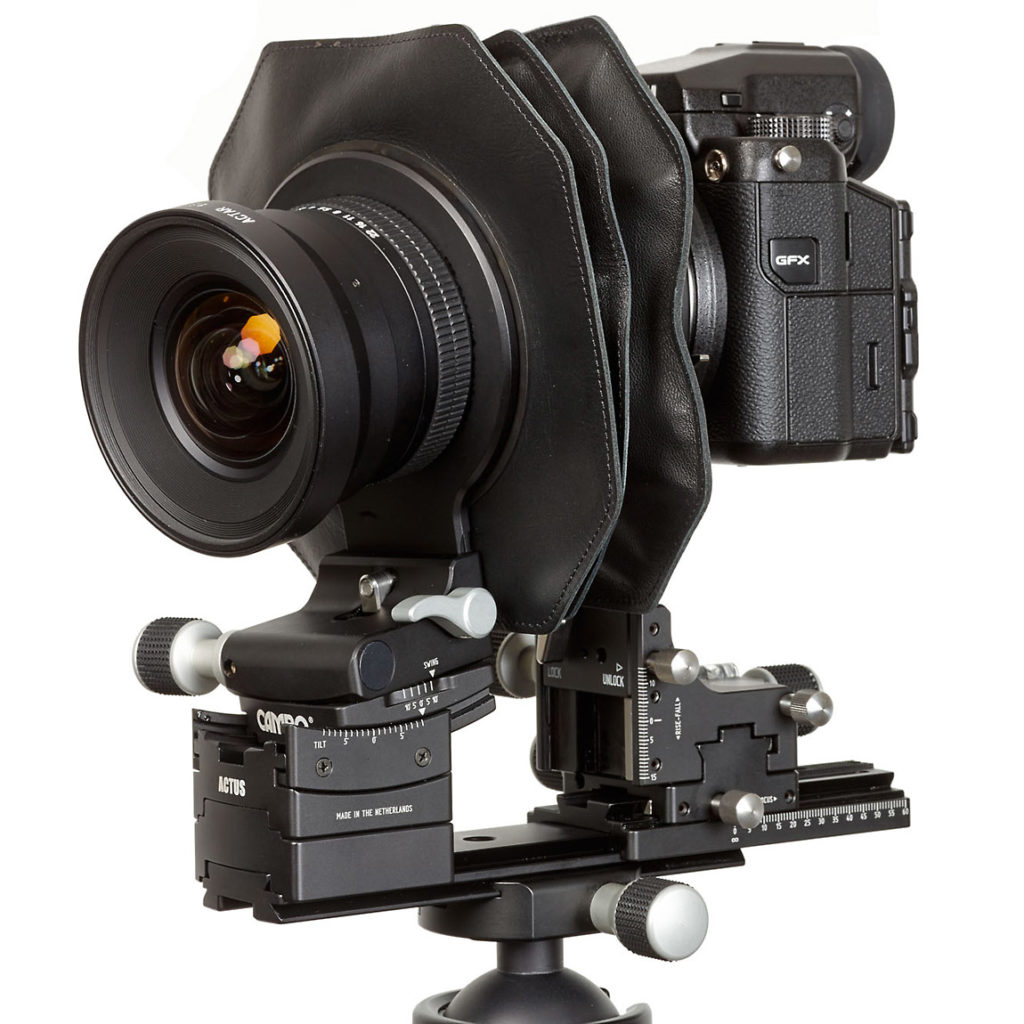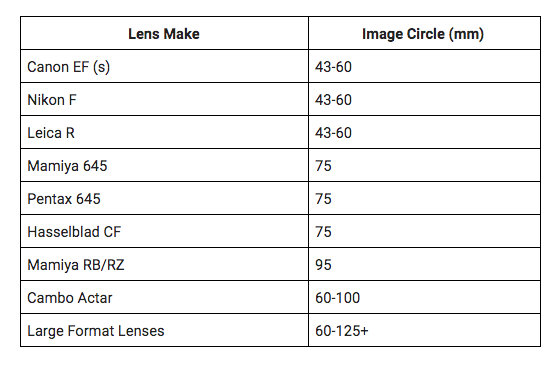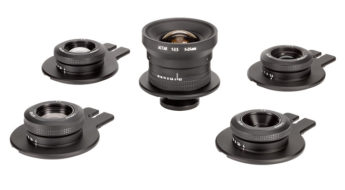This brings us to the second part of the view camera equation. Lenses.

Perspective Control – Selective Sharpness
But why do lenses matter? Well, simply put, not all lenses are created equal. Generally speaking in recent photographic history, lenses are designed to work both with a single camera system as well as made to cover with very little overlap only the size of the piece of film (or sensor) inside of the camera. With Mirrorless cameras becoming more and more common the idea of adapting lenses from one system to another is becoming much more common.

Lenses with larger image circles are more ideal for usage with view cameras because it allows for more movements within that circle. Tilting, shifting, rise, fall, and swing movements all require more “room” within a lens. The larger the image circle of a given lens, the more room becomes available.

As you can see from the chart above, given the smaller sensor size (when comparing against medium or large format) of modern cameras, the 24x36mm sensor can have a fair bit of movement when paired with the larger image circles of medium format lenses.
But, I already have a lens that does that…
So you may be asking, why wouldn’t I just buy a native Tilt Shift lens (Canon TS-E, Nikon PC) for my camera? And the answer all comes back to movements. Tilt shift lenses only allow for 2 of the 3 directions of movements (and usually don’t allow for more than one adjustment at a time depending on camera orientation). Only a view camera can give you the full range of movements for perspective control.
When comparing the cost of these incomplete solutions you will also find that they are similarly priced. But for the same investment, why would spend the same amount but only get 2/3rds of the features?









